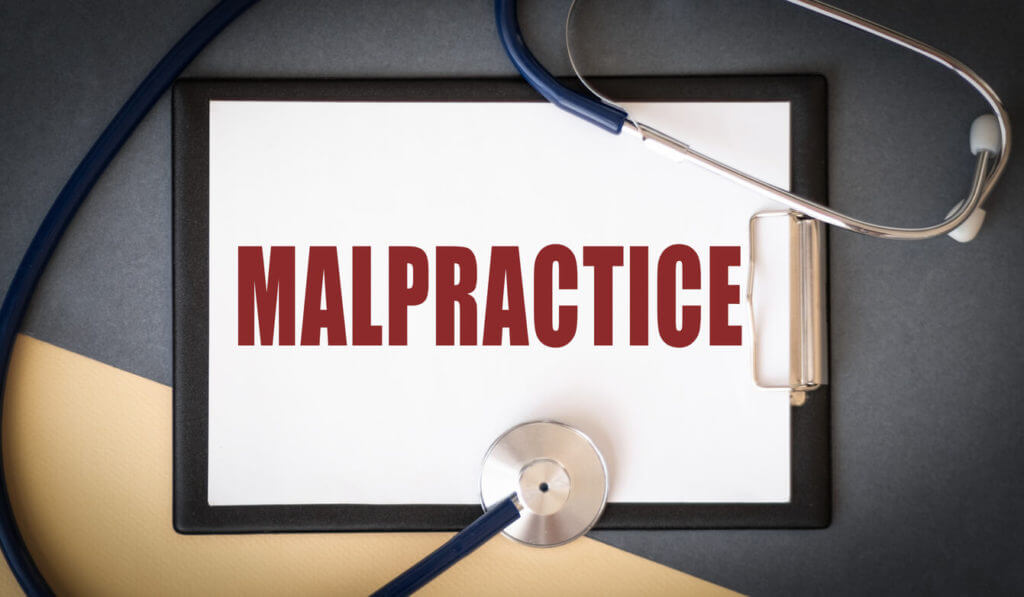
There are the predictions – pro and con – that analysts have been debating since 2009. The optimists remind us that the Affordable Care Act encourages preventive care. In theory, this could mean more people getting early diagnosis and less critical, late stage, or emergency procedures. Less complicated and preventive medicine carries less risk, so this could drive malpractice numbers down.
Similarly, the bill provides incentives to both employers and employees for participation in wellness programs, which likewise are intended to provide for a healthier overall population thereby decreasing the number of risky procedures necessary. That seems awfully optimistic, but it’s worth considering.
But if changes to the way we practice medicine are one side of the optimist’s coin, funding is the other. Obamacare includes funding for medical research, and specifically for research into the effectiveness of medical treatments. If the money is used efficiently, this could lead to both advances in medicine as well as to better understanding of risk levels and even the marginalization of treatments found to fall afoul of the risk/benefit analysis.
In addition to funding for research, the bill is also supposed to provide funding to hire more health care professionals, although doing so may be hard with declining numbers of those willing to take on the debt and other liabilities required, especially in high risk specialties like neurosurgery and obstetrics.
Finally, there is the requirement that most medical records be digitized. This gets mixed reviews. Optimists point out that it could lead to greater consistency, clearer communication, built in checks, ease of searching, etc. At the same time, others see in the mandate, particularly as it is being implemented (all at once and everyone at once) a lot of potential for problems. Tremendous amounts of data are being input into databases very quickly, which means there are opportunities for input error, computer crashes, cyber security breaches, and more.
But beyond concerns about digitized records, which we all knew were coming eventually, those who are pessimistic about the law’s impact on malpractice (and in many ways on the medical field generally) have been warning us from the beginning that the immediate effect is going to be millions more patients without a correlating spike in the number of doctors. This means more patients per doctor, less time for doctors to spend per patient, and possibly even delays in treatment that could result in more severe diagnoses in some cases. All of these are potential contributors to a higher number of malpractice claims and rising premiums.
One of the potential solutions we’ve talked about here before to the problem just mentioned is more delegation to nurse practitioners and other non-doctor medical professionals. But of course there is inherent risk involved in delegating more of what was previously done by those with the most training and know-how to those with less. Ultimately this doesn’t solve the increased risk problem, and particularly not if it gets to the point where people are being asked to do things they are not adequately trained for or don’t feel comfortable doing.
Some have also pointed out that the ACA is one in a long list of bills, regulations, reforms, etc. that have served to drive doctors out of private practices and doctor owned hospitals. The regulations and requirements have becomes so burdensome that many feel they can only practice profitably in a salaried position, while others shift their focus to research. This process means increased unionization, and utilization of the government funds mentioned above to hire doctors in large groups and hospitals. Not to pull out a tinfoil hat, but some view this as a step in the direction of shifting the entire medical industry out of the private sector and into the public. If entrepreneurship is discouraged in the industry, such a change, based on arguments about economies of scale, and an already regularized work force, might be more plausible. Maybe that’s too farfetched, or maybe not, but it’s something to consider, particularly as the hybrid model that was passed is struggling to hold together.
Finally, more than a few analysts have criticized the Affordable Care Act not because of what it will do to malpractice, but because of what it won’t. The bill does not substantively address medical malpractice head on. So while we can speculate about collateral effects, many are very disappointed that the law doesn’t address important topics like tort reform. Apart from some amount of reform many doctors and analysts don’t think that problems like the doctor shortage can be solved.
But let’s go a step further. In a sense all of what we’ve said so far is academic until we are able to answer the question of when and how and eve if this ship is going to fly. With the online exchange rollout being the disaster that I think everyone now agrees it was, the anger and confusion over the president’s “misstatement” regarding people being able to keep their policies, and the subsequent walking back that both the president and Congress have had to do, will we ever see Obamacare fully implemented?
More than that, if we do is there any reason to believe it will resemble what it started as? Will it die the death of a thousand delays, extensions, fixes, repeals, and modifications? Or will it emerge an altogether different bill? If it does die will that be the end of healthcare reform, or will it usher in attempts to get a full scale single payer system? And in the meantime, what can we expect in terms of all the things we talked about above? Will there come a moment when new patients will flood in to the system in droves, or will it continue to be a slow trickle? Will the funds mentioned above for research and staff come in? Or will they be delayed too?
One frustrating potential scenario is that all of the regulatory burden is implemented while the increase in patients doesn’t happen, whether due to the difficulty of signing up or higher than expected costs that lead to people just paying the fine. As much as having all those additional clients may make for additional work and a stressful schedule, in theory they will also make for additional pay to cover the implementation of these new regulations too.
One thing is for certain, and that is that at this point nothing is for certain. We need clear leadership from Washington. We need to have trust rebuilt so that we can have some kind of confidence about what the future holds. And maybe a Magic 8 Ball wouldn’t hurt too, just in case? As long as “misspeaking” and eleventh hour changes are the norm though, confidence, whether among those in the medical field or the broader public will be in short supply.



